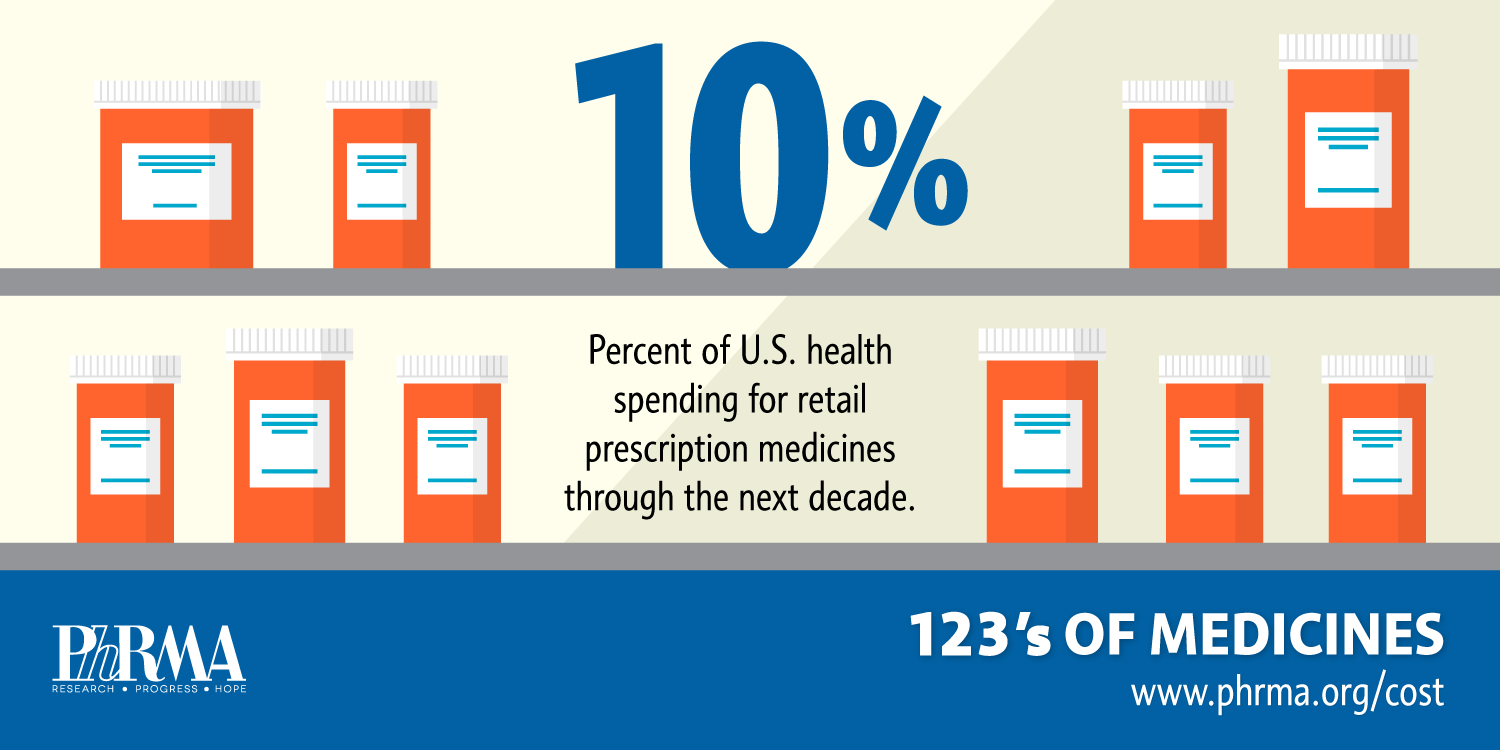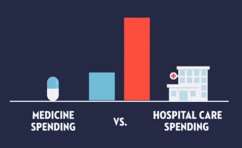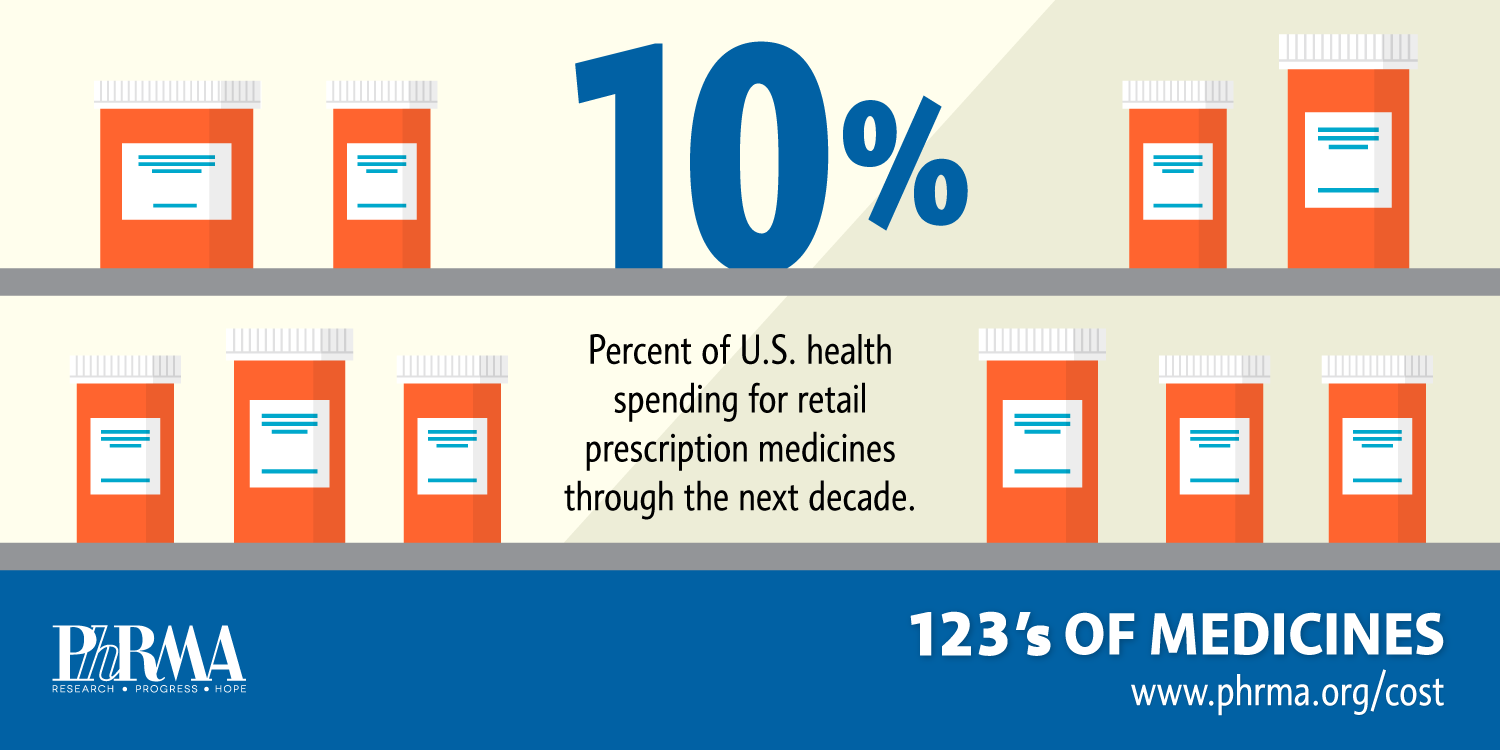Week in Review: The Latest from PhRMA
New cost of medicines video, competitive marketplaces help control costs, putting prescription drug spending in context and more

Week in Review: The Latest from PhRMA.
New cost of medicines video, competitive marketplaces help control costs, putting prescription drug spending in context and more

Week in Review: The Latest from PhRMA.
Spending on Medicines: The Big Picture – PhRMA’s new video explains how high generic utilization rates, competition among brand-name medicines and aggressive tactics by insurers and pharmacy benefit managers to negotiate lower prices help to keep costs under control.
Competitive Biopharmaceutical Marketplace Help to Control Costs – Spending on retail prescription medicines has consistently accounted for just 10 percent of health care spending – a figure that is projected by government actuaries to remain stable through the next decade and again made possible due to the high utilization rates of generics, competition among brand-name medicines and the aggressive (and successful) tactics by insurers and pharmacy benefit managers to negotiate lower prices. managers to negotiate lower prices help to keep costs under control.

Putting 2014 Figures on Prescription Drug Spending in Context – Nearly 10 million uninsured patients gained health insurance coverage and the FDA’s Center for Drug Evaluation and Research (CDER) approved a record of more than 40 new medicines. Given these historical milestones, an increase in the growth in spending on medicines last year was to be expected. That rise should not overshadow the fact that spending on retail prescription medicines have consistently accounted for just 10 percent of U.S. health care spending – a figure that is projected by government actuaries to remain stable through the next decade.
How Part D Helps Parkinson’s Patients – One of the things that makes the Medicare Part D program so valuable to patients and the broader health care ecosystem is that it encourages adherence by helping individuals get the medicines they need. A recent study found Part D enrollees with higher adherence to treatment for the disease and longer duration of therapy saw decreases in the use of other health care services and expenses.
Patient-Centered Cancer Care - Next week, the Personalized Medicine Coalition (PMC) will release a white paper on alternative payment models, Paying for Personalized Medicine: How Alternative Payment Models Could Help or Hinder the Field. The white paper highlights potential implications of alternative payment models on personalized medicine.
Get updates on this subject and/or other relevant issues here. {{cta('4fe14269-44de-493b-a19c-946e0454614a')}}